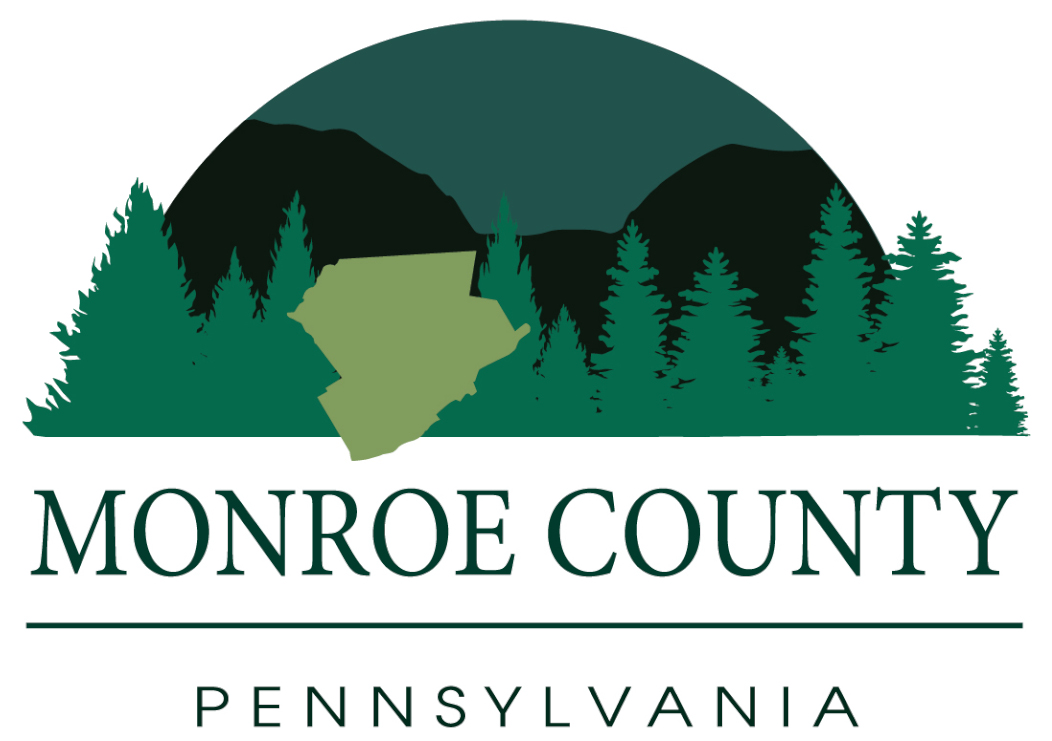Kathleen Glasgow is an award-winning American author. She is best known for three novels (soon to be four) all dealing with teen struggles and mental health. With September being suicide awareness month, it seems appropriate to review some reading choices that have topped the best-seller list of the New York Times and USA Today.
Glasgow daringly covers sensitive topics such as suicide, self-harm, drug abuse, addiction, child abuse, and grief.
She portrays the struggles through the teenage lens with the main characters ranging from 15 to 17 years old.
““People should know about us. Girls who write pain on there bodies.”
— Louisa- Girl in Pieces
.sno-pullquote-66df449349663 { display: flex; float: left; margin: 30px 30px 30px 0; width: 50%; border-color: #888888; border-top-width: 5px; border-right-width: 5px; border-bottom-width: 5px; border-left-width: 5px; background-color: #dddddd; } .sno-pullquote-66df449349663 p.pullquotetext, .sno-pullquote-66df449349663 p.quotespeaker { color: #000000 !important; } .sno-pullquote-66df449349663 .pullquotepic { width: 33%; margin-left: 25px; } .sno-story-body .sno-pullquote-66df449349663 p.pullquotetext { font-size: 22px; line-height: 1.4em; } .sno-pullquote-66df449349663 .quotebar { background: #dddddd; flex: 0 0 90px; margin-top: -15px; margin-left: -15px; padding-left: 15px; padding-top: 15px; margin-right: 15px; } .sno-pullquote-66df449349663 .largequote { color: #888888; } .sno-pullquote-66df449349663 .quotebody { width: unset; }“Girl in Pieces” is told from the point of view of Charlotte Davis, a 17-year-old girl who has gone through many traumatic experiences at a young age: the loss of her family, becoming homeless, struggling with mental health, and suicidal thoughts. Though the story has a grim start with Charlotte in a psychiatric hospital, the novel focuses on Charlotte’s recovery and what a realistic recovery looks like for someone who struggles with depression.
““This book is for the grievers, this book is for the left behind, this book is for every broken heart searching for a home”
— Kathleen Glasgow- How to Make Friends with the Dark
.sno-pullquote-66df449349e21 { display: flex; float: right; margin: 30px 0 30px 30px; width: 50%; border-color: #888888; border-top-width: 5px; border-right-width: 5px; border-bottom-width: 5px; border-left-width: 5px; background-color: #dddddd; } .sno-pullquote-66df449349e21 p.pullquotetext, .sno-pullquote-66df449349e21 p.quotespeaker { color: #000000 !important; } .sno-pullquote-66df449349e21 .pullquotepic { width: 33%; margin-left: 25px; } .sno-story-body .sno-pullquote-66df449349e21 p.pullquotetext { font-size: 22px; line-height: 1.4em; } .sno-pullquote-66df449349e21 .quotebar { background: #dddddd; flex: 0 0 90px; margin-top: -15px; margin-left: -15px; padding-left: 15px; padding-top: 15px; margin-right: 15px; } .sno-pullquote-66df449349e21 .largequote { color: #888888; } .sno-pullquote-66df449349e21 .quotebody { width: unset; }Glasgow’s other novel “How to Make Friends with the Dark” targets topics of grief and child abuse.
Specifically, this novel covers the grief of losing a parent and the sudden transition to foster care when the main character, Grace Tolliver, loses her mom unexpectedly.
The novel follows Grace’s foster care journey of living in several different homes while readers also learn the stories of other foster children along the way.
Glasgow brings awareness to the cruelty that foster children can encounter.
“
“Maybe people just use different things to fill up the emptiness. Until it becomes less about feeling empty and more about feeding something else.”
— Kathleen Glasgow- You'd be Home Now
.sno-pullquote-66df44934a470 { display: flex; float: left; margin: 30px 30px 30px 0; width: 50%; border-color: #888888; border-top-width: 5px; border-right-width: 5px; border-bottom-width: 5px; border-left-width: 5px; background-color: #dddddd; } .sno-pullquote-66df44934a470 p.pullquotetext, .sno-pullquote-66df44934a470 p.quotespeaker { color: #000000 !important; } .sno-pullquote-66df44934a470 .pullquotepic { width: 33%; margin-left: 25px; } .sno-story-body .sno-pullquote-66df44934a470 p.pullquotetext { font-size: 22px; line-height: 1.4em; } .sno-pullquote-66df44934a470 .quotebar { background: #dddddd; flex: 0 0 90px; margin-top: -15px; margin-left: -15px; padding-left: 15px; padding-top: 15px; margin-right: 15px; } .sno-pullquote-66df44934a470 .largequote { color: #888888; } .sno-pullquote-66df44934a470 .quotebody { width: unset; }Her novel “You’d Be Home Now” covers drug addiction.
The main character, Emory, is a 16-year-old girl who has her life pre-planned.
Her older brother, Joey, suffers from a drug addiction which drastically changes Emory’s path.
Glasgow shows what recovery can look like from both the perspective of the addict and the family.
Glasgow’s books, though graphic, are meant to help young adults feel less alone. Mental health concerns among young adults have spiked over the last several years, so it seems Glasgow’s novels have hit a niche in the market.
She is coming out with a new book, “Glass Girl”, in October and will target alcohol addiction through a new character, 15-year-old Bella who struggles to cope with grief.
Remember, if you or someone you know needs help, reach out to a trusted adult or go to https://www.safe2saypa.org/
The Crisis Lifeline is always an option as well, just call 988.
